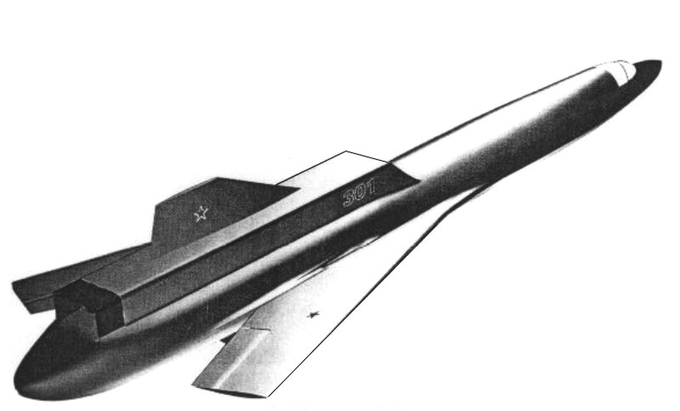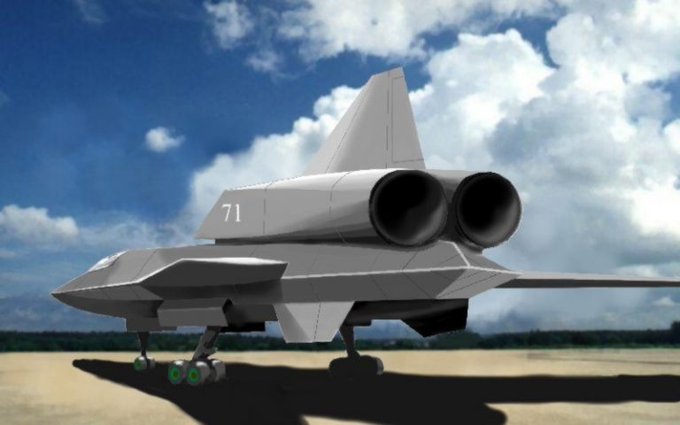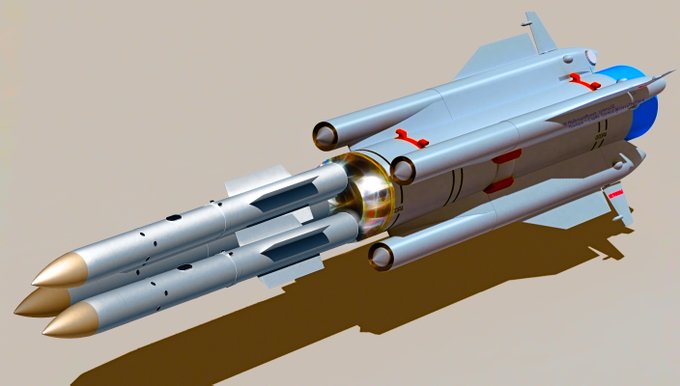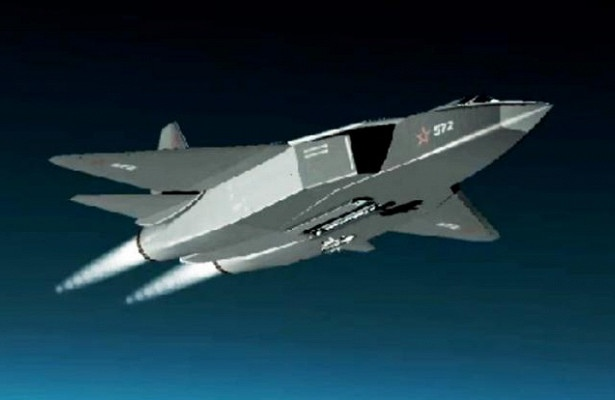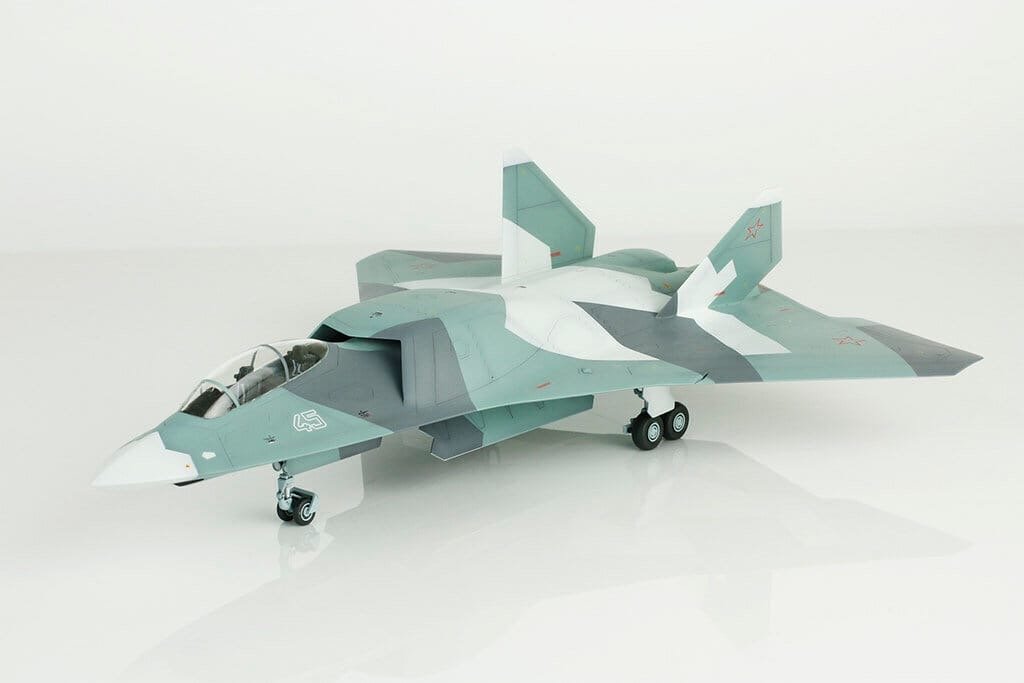Were I tasked with designing a new interceptor I would rather focus on detection capabilities and weapons than increasing the speed, although breaking the sr71 record with a combat aircraft would be rather funny.
The faster the interceptor travels the further away from Russia the target will be intercepted.
Get to them early enough in the North and those enemy aircraft might still be outside their cruise missile range of their targets in the south an west of Russia, which means when you shoot down 50 B-52s you will also be shooting down the cruise missiles they are still carrying...
When a threat is detected the faster you can fly to it the sooner you can deal with that threat.
I Would maintain the speed of the Mig-31 and design the aircraft around a very large internal weapons bay capable of carrying multiple Kinzhal sized weapons and some point defence missiles at the same time.
Well the Navy will thank you but the Aerospace defence forces likely wont be as pleased... they would not have said mach 4.2 was the goal if they didn't think they could achieve it... or better it.
The aircraft could use a lifting body to keep the width down to manageable levels and the thing could have multiple large radars giving it 360 degree coverage.
They can build AWACS aircraft too... these interceptors don't need to do everything.
So essentially a futurised Tu-128 with the Mig-31's speed.
I do not really see the point in increasing the speed or maneuver performance any further than that of the Mig-31, they will need to build and operate a lot of these aircraft so expensive and unnecessary features like stealth and maneuverability should be dropped in favor of better reliability, longer service life and lower operating costs.
The main reason they want to increase speed is because it would be easy... turbofans and turbojets don't like operating faster than about mach 2.5, but ramjets are only just getting started at such speeds and scramjets really don't have a top speed limit than you have to worry about (the rest of the aircraft will melt before the scramjet starts to struggle with speed in theory).
You mention Kinzhal... Kinzhal is a solid rocket weapon... its flight parameters are fixed by the rocket motor... there is no throttle, and no variation in its burn rate... all you can change is the angle it is launched at and the altitude and speed it is launched at.
When launched from the ground as an Iskander missile it is in the thickest air on the planet, so even when burning at full thrust the top speed of the rocket is limited. To maximise range and speed the first thing the rocket does is climb to get to the thinner colder air at high altitude where it can move faster and therefore further, so a lot of rocket fuel energy is used to climb and accelerate up to speed... it gets to mach 7 or 8 when it dives on the target... the advantage of climbing after launch is that some of the energy used to climb can be recovered when you descend again on the target.
The problem is that energy is lost in heat and noise.
The Iskander has a range of less than 500km because it burns energy climbing but it also burns energy manouvering as it approaches the target to evade interception by SAMs and AAMs.... which is why it was chosen as an air launched anti ship missile because it is already designed to fly high and fast and to evade air defence systems.
The big thing of course is that when it is launched from a MiG-31K it will have flown 600-700km away from its airfield closer to its target, and more importantly instead of starting off still and in the thickest part of the atmosphere, it instead starts moving at about 2 times the speed of sound at an altitude likely to be 15-18km altitude... this means instead of using solid rocket fuel energy to lift its own weight and get moving all that energy goes into going even faster and climbing higher so it can climb to a higher altitude and it will be moving faster too, so it can fly much much further.
The point is that if it was flying at mach 4.2 and at 30km altitude the same missile could probably travel 3,000km without any modification.
If launched from the slower Tu-22M3 you have the opposite problem that its range would probably go down to 1,000km-1,500km because it will be launched at lower flight speeds and lower altitude... the Backfire has a service ceiling of 14km so it would probably launch at 10km altitude and mach 1.6 or so, but it could carry 4 of them which makes it still rather potent...
The point is that new engines for much higher speed are being developed.
If these new engines and new high temperature materials were not available the only thing you could do to it would be to make it longer ranged which means more fuel which just makes it bigger and heavier, but in this case what we are talking about is taking engines that are on the edge of what they can achieve in terms of flight speed, and to add propulsion systems at the start of their speed range limits at mach 4.2 with potential future capacity for much more.
The extra speed will give existing weapons greater range and allow greater distances to be covered faster, and in terms of launching at targets in space it is a real boost in speed and likely altitude.
It is like the question... why bother with Armata when you have upgraded T-90s... well because it is likely to be a completely new design of a new generation which is going to raise the bar and increase capability significantly...



 Backman
Backman It wont be deployed to Syria or anything like that.
It wont be deployed to Syria or anything like that.
